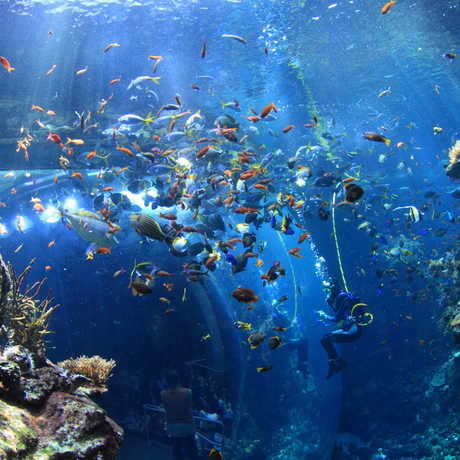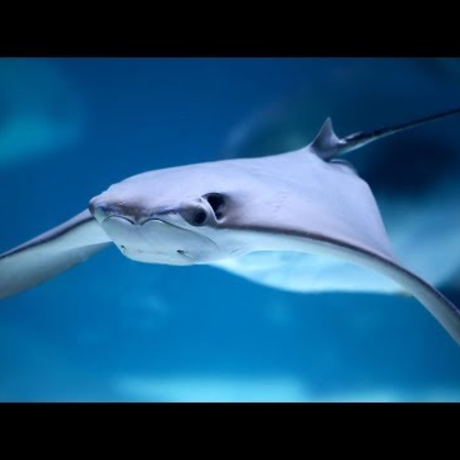Browse a rich array of educational resources from the award-winning show, Habitat Earth.
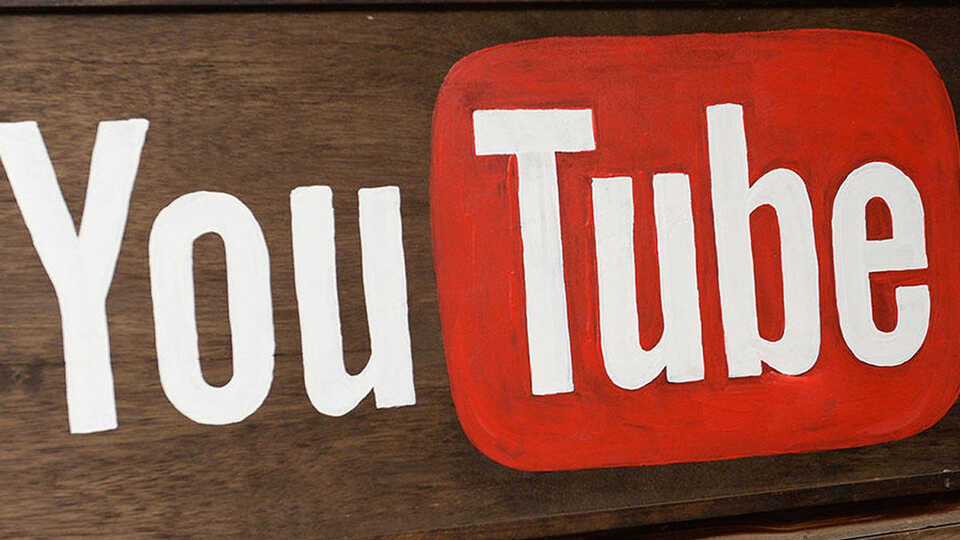
© daily genius
Videos are one of the many tools in your teaching toolbox for creating engaging science experiences. To help you better understand strategies for integrating media into your teaching, we've crafted model activities that fulfill a variety of purposes.
Why Use Media?
According to the Common Core English Language Arts Standards for Science & Technical Subjects, middle school students should be able to "compare and contrast the information gained from experiments, simulations, video, or multimedia sources with that gained from reading a text on the same topic."
But that's not the only reason we should be using media in the classroom. Videos are one of the many tools in your teaching toolbox for creating engaging science experiences. To help you better understand strategies for integrating media into your teaching, we've crafted model activities that fulfill a variety of purposes.
How to Encourage Active Viewing of Media
If you are using video as part of distance learning or in-person learning, try incorporating some of the following strategies from KQED Education and our own Science Notebook Corner.
STEP 1: The Set-Up
- Have a purpose in mind. Will the video help students learn something new? Or spark interest in a topic? Read more about how to use video for different purposes in the next section, below.
- Choose which parts of the video to show. Will you show the whole thing or just relevant clips?
- Activate prior knowledge. Try using scaffolds to help students think about what they already know about the topic of the video.
STEP 2: While You Watch
- Ask a focus question. Have students look for something in the clip. A focus question can make the media more meaningful by encouraging active viewing/listening.
- Use reading strategies or a KWL chart. Active reading strategies can be used with video, too! Students can record their thoughts before, during, and after watching.
- Turn off the sound. Watch in silence to get curious or gather initial evidence that might help answer a focus question. Then watch again with sound to find out which questions get answered.
- Press PAUSE. Identify and clarify what the students are hearing and seeing. Instruct students to signal when they need the video segment to be paused to ask for clarification.
- Show it again! You may choose to watch the video twice with your students, once to elicit emotional responses and get an overview of the topic, and again to focus on facts and draw out opinions.
- Use closed-captioning. This is effective for reading reinforcement.
STEP 3: Making Connections
- Facilitate sharing. Try one or more of the group-sharing strategies included in this resource from KQED education to get students sharing ideas before, during, or after watching the video.
- Facilitate reflection. Use reflection strategies to help students think about how their thinking has changed after watching, between multiple viewings, or after sharing with peers.
Hook Students on the Topic

Media can serve as a "hook" that opens up the lesson. Videos can activate prior knowledge, engage the student with something mysterious or visually appealing, or establish a purpose for learning. Lessons that use video clips in this way include:
- Planes, Trains, or Bicycles: Being a Low-impact Traveler (Grades 6-10)
- From Farms to Phytoplankton (Grades 6-11)
Engage Students in Science Practices
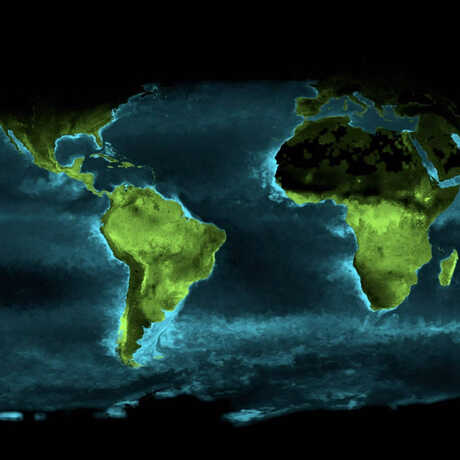
Visualizations based on aggregated data provide the unique opportunity to engage your students in various Science Practices highlighted in the Next Generation Science Standards, including asking questions, analyzing and interpreting data, and constructing explanations. Lessons that use video clips in this way include:
- Photosynthesis Seen From Space (Grade 6-10)
- Using Empirical Data in the Classroom: Raptor Migrations! (Grades 6-11)
Reinforce Other Hands-On Lessons
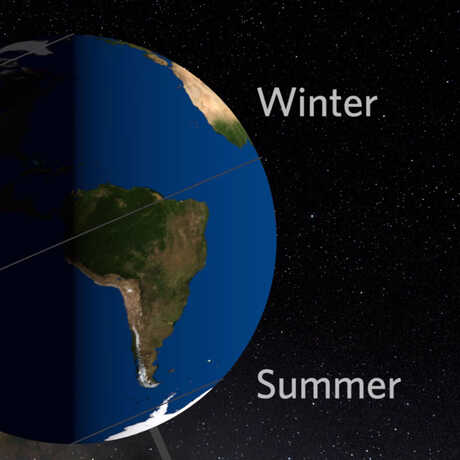
Videos often tell stories that reiterate or reframe science concepts your students are mastering through active, hands-on lessons. Lesson that use video clips in this way include:
- Kinesthetic Astronomy: Longer Days, Shorter Nights (Grades 3-8)
- How Stable is Your Food Web? (Grades 5-8)
Encourage Critical Thinking and Inspire Action
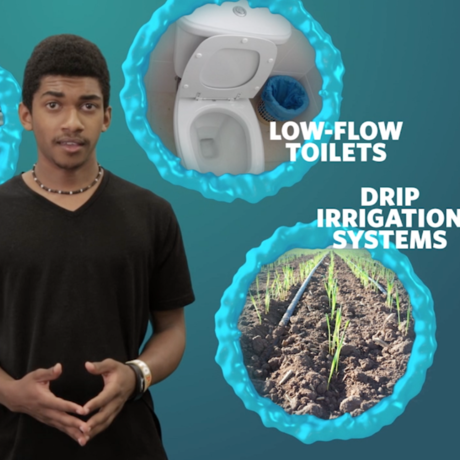
Want to teach your students about design thinking, but don’t know where to start? Our Flipside Science series provides an easy-to-implement introduction. Students learn how to define problems, evaluate potential solutions, and decide what they think about environmental issues. They are then empowered and inspired to engineer their own solutions to complex problems. Lessons that use video clips include:
- Sustainable Water Solutions: Weighing the Pros and Cons (Grades 6-10)
- Exploring the Impacts of Feeding the World (Grades 6-10)
Browser Plugins for Safer Classroom Viewing
Worried your students will be distracted by ads, comments, and more? Apps are updated regularly, but here are a few suggested browser plugins to make classroom use easier:
- Turn Off the Lights
Blacks out the rest of the YouTube page, including comments and recommended videos. - Hide YouTube Comments
Self-explanatory! - YouTube Playback Speed Control
Allows you to increase or decrease the playback speed using the keyboard.
Share This
Our collection of educational videos will help your students visualize data and understand scientific concepts.
Can't travel to Golden Gate Park? Your class can interact with our exhibits, animals, and experts in a live stream via our Distance Learning programs.
